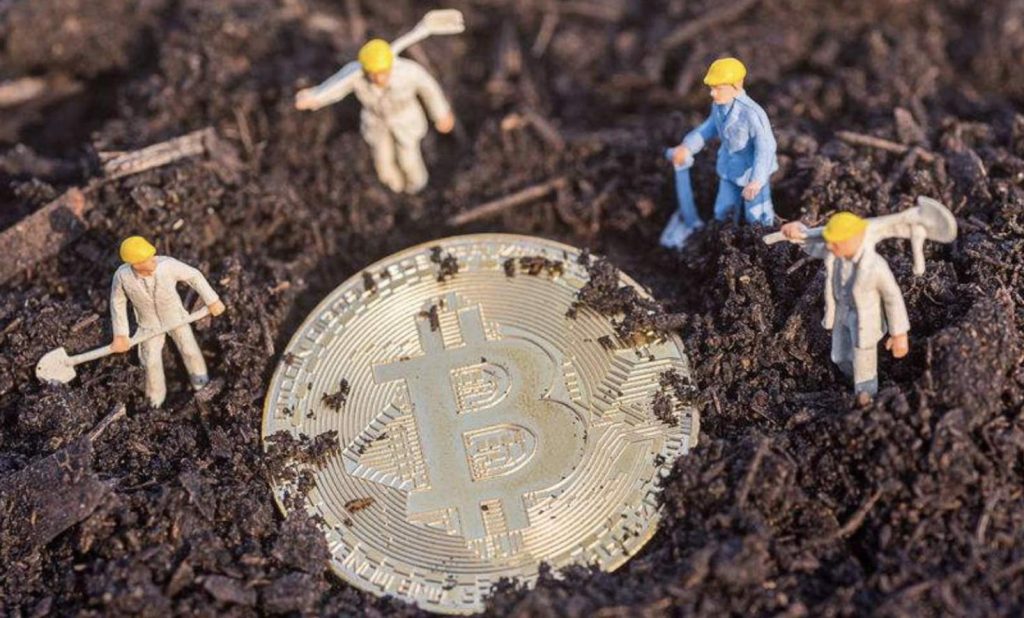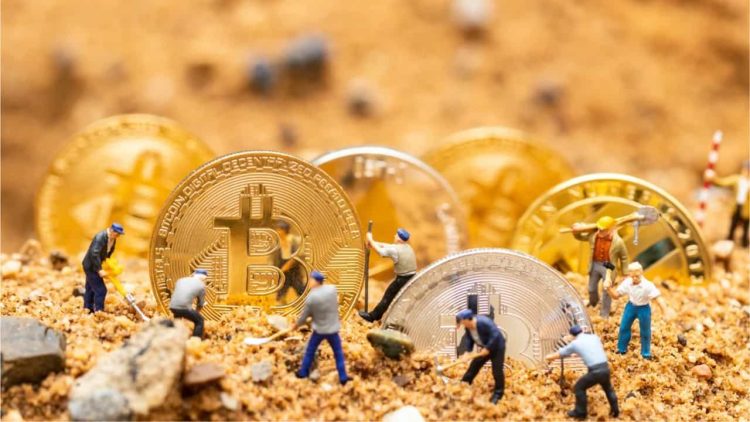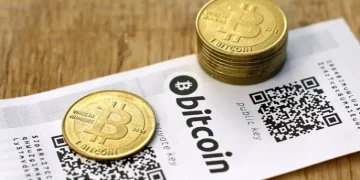Introduction
In the world of blockchain, miners play an essential role. They are not just the ones “mining” and making money, as many people might assume when they think of Bitcoin or Ethereum. Miners are fundamental to the entire blockchain ecosystem because they are responsible for maintaining the integrity, security, and decentralization of the network.
But what exactly do miners do? How do they help secure the blockchain and keep it running smoothly? In this article, we will explore the crucial role miners play in blockchain technology and how their activities help secure decentralized networks.
1. The Basic Concept of Mining
In the context of a blockchain network, miners are individuals or entities who use computational power and resources to verify and record transactions. By performing mining, miners engage in a process that is integral to the blockchain’s operation, ensuring that all transactions are transparently recorded on the public ledger (the blockchain).
Key Activities of Miners:
- Transaction Validation: Miners are responsible for confirming the legitimacy of transactions. They check whether the transactions follow the rules of the blockchain and that no fraud, such as double-spending, is taking place.
- Block Creation: Miners group verified transactions into blocks. A block is a bundle of validated transactions, and each block is linked to the previous one, forming a chain. This chain of blocks is what gives blockchain its name.
- Proof of Work (PoW) / Proof of Stake (PoS): Depending on the consensus mechanism of the blockchain, miners may need to perform a specific task (such as solving complex mathematical problems in PoW) or validate transactions through staking tokens (in PoS) to earn rewards.
2. How Miners Ensure Blockchain Security
Miners are central to maintaining the security of blockchain networks. Their activities are designed to prevent malicious actors from compromising the integrity of the blockchain. Here are the main ways in which miners contribute to blockchain security:
a) Verifying Transactions
Before a transaction is added to the blockchain, miners verify its legitimacy. They ensure that the sender has enough funds, the transaction is not a double-spend attempt, and the digital signatures are correct. Only once a miner has verified the transaction can it be grouped into a block and added to the chain. This prevents fraud and ensures that all transactions are valid.
b) Preventing Double Spending
One of the major risks in digital currencies is double spending—the act of spending the same digital asset more than once. Without a trusted central authority, blockchain miners ensure that this doesn’t happen. When a user attempts to double spend, miners will flag it, and the invalid transaction will not be included in the blockchain.
c) Proof of Work (PoW) and Security
In Proof of Work-based blockchains like Bitcoin, miners compete to solve complex cryptographic puzzles. The process of solving these puzzles requires substantial computational power, making it incredibly difficult for any malicious actor to alter the blockchain’s history. To reverse a transaction or alter a block, an attacker would need to redo the proof-of-work for the entire chain, which is practically impossible with sufficient network participation.
The difficulty of the mining puzzle is adjusted based on the network’s overall computational power. This ensures that blocks are mined at a consistent rate, roughly every 10 minutes for Bitcoin, preventing manipulation of the block creation process.
d) Proof of Stake (PoS) and Security
In Proof of Stake systems like Ethereum 2.0, miners (or validators, as they are called here) are required to “stake” a certain amount of the blockchain’s native cryptocurrency. Validators are chosen randomly to validate blocks of transactions. If they attempt to act maliciously, they lose part or all of their staked coins. The threat of losing staked tokens incentivizes honest behavior, and the risk of losing one’s stake ensures that validators act in the network’s best interest.
3. How Do Miners Achieve Consensus?
Consensus is the mechanism through which a blockchain network agrees on the validity of transactions and the order in which they should be added to the blockchain. Miners play a pivotal role in this process. Without consensus, a blockchain would be chaotic and unreliable, leaving it open to manipulation.
In Proof of Work (PoW) blockchains, miners compete to solve cryptographic puzzles. Once a miner solves the puzzle, they broadcast the new block to the network, and if the block is valid, other miners accept it, and the block becomes part of the blockchain. This process ensures that all participants agree on the current state of the ledger.
In Proof of Stake (PoS) systems, consensus is reached through the staking process. Validators propose and validate blocks, and the network reaches consensus based on the collective agreement of stakers.
The decentralized nature of these systems makes it incredibly difficult for a single entity to control the blockchain or manipulate the data, as it would require them to control a majority of the network’s computational power or stake.

4. Miners and Block Rewards: How Do Miners Get Paid?
Mining is not only important for blockchain security; it’s also how new coins are introduced into the system. Miners receive rewards for their efforts, typically in the form of cryptocurrency, which compensates them for the computational resources they devote to mining. These rewards come in two primary forms:
a) Block Rewards
When a miner successfully mines a new block, they receive a block reward. In Bitcoin, for example, this reward was initially 50 BTC per block but is halved approximately every four years in an event known as the halving. The current reward (as of 2025) is 6.25 BTC per block. This block reward serves as an incentive for miners to continue supporting the network.
b) Transaction Fees
Miners also earn transaction fees from users who want to prioritize their transactions. When a user initiates a transaction, they can choose to pay a fee to incentivize miners to include their transaction in the next block. The higher the fee, the more likely it is that the transaction will be mined quickly.
As block rewards decrease over time due to halving, transaction fees become an increasingly important source of income for miners, especially in PoW networks like Bitcoin.
5. The Role of Miners in Decentralization
One of the key strengths of blockchain technology is its decentralization. Unlike traditional systems, which rely on centralized authorities (like banks or governments), blockchain networks are decentralized, meaning no single entity has complete control.
Miners help ensure decentralization by participating in the blockchain network from all over the world. The more miners there are, the harder it becomes for any one party to dominate the network. This is why it’s crucial to have a large and diverse set of miners in a blockchain network. If only a few large entities were involved in mining, they could potentially influence or manipulate the network, undermining its decentralization and security.
6. Challenges Faced by Miners
While miners play a vital role, they face several challenges:
a) High Energy Consumption (PoW)
Mining, particularly in PoW-based systems like Bitcoin, requires significant computational power. This results in high electricity consumption, which has raised concerns about its environmental impact. The energy-intensive nature of mining has led to debates about sustainability and the future of PoW-based systems.
b) Increasing Difficulty
As more miners join the network, the difficulty of mining increases. In PoW blockchains, this ensures that blocks continue to be mined at a regular pace, but it also means that individual miners need increasingly powerful hardware to stay competitive.
c) Centralization of Mining Power
In some cases, mining power can become concentrated in the hands of a few large entities or mining pools. This undermines the idea of decentralization and poses risks to the network’s security. Large mining pools can potentially collaborate to take control of the blockchain, known as a 51% attack.
d) Regulatory Challenges
As cryptocurrency and mining gain mainstream attention, governments around the world are starting to regulate mining activities. Some countries have imposed restrictions or bans on mining due to concerns about energy usage, security risks, and financial stability.
Conclusion
Miners are the backbone of blockchain networks. They are responsible for validating transactions, ensuring the integrity and security of the blockchain, and maintaining the decentralized nature of the system. Through their work in transaction validation, consensus, and block creation, miners play a critical role in the overall functioning of blockchain technology.
However, mining is not without its challenges. From high energy consumption to the potential centralization of mining power, the future of mining will require continuous innovation to balance security, decentralization, and sustainability. As blockchain technology continues to evolve, miners will remain at the forefront of shaping its future.


















































